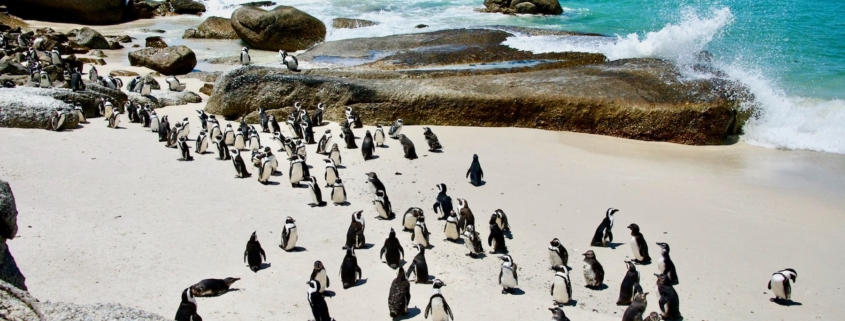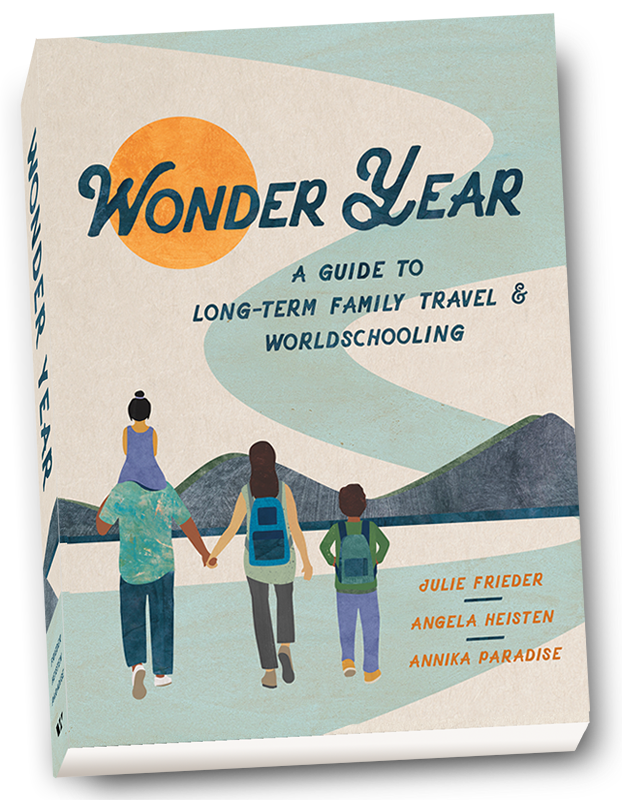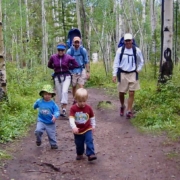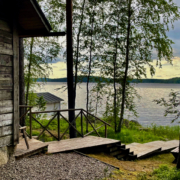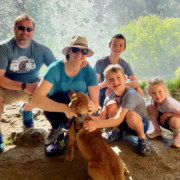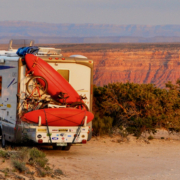How to Write a Book: the First Marathon
We just finished our first marathon!
Our first book marathon, that is. There’s a saying that writing a book is actually like running two marathons: the first is writing the book, and the second is getting news of that book out to audiences who might find it helpful and interesting.
We recently sent our book off to the printer – a milestone that capped years of endurance training and learning new skills. For each of us, Wonder Year is our first book, and every step in the creative process has required massive amounts of new learning. Close friends and family have kindly asked us about the process of how to write a book, and others have expressed curiosity because they, too, have an idea that keeps them up at night thinking, “maybe I need to write this book” (check out our blog Birth of a Book). Maybe you have an incredible story you’d love to get published. In response to those inquiries, we thought we’d shed some light on what the process of writing a book has been like for us.
The race course was a tricky one because there were so many routes from the start line to the finish, and sometimes we didn’t know which direction to run. Plus, writing a book with co-authors meant that during some stretches, one of us was ready to sprint while another needed to rest (here’s a blog on coauthorship). And the number of published books has exploded in the last several years, making for an increasingly crowded field. That said, there are a slew of resources (a few of our faves are Jane Friedman, Jen Louden, and the Write Life) out there to support would-be authors.
Miles 1-3: Ideation
When we three authors first came together, we had much to discuss: our respective trips, what had gone well, what hadn’t, what we wished we’d known before leaving, and what we learned while traveling. We also journaled together and captured our thoughts about the experience. We then brainstormed and considered our potential audience. What problems were we trying to solve for others? Who were our future readers and what needs do they have? Through those reflective discussions, a draft outline of key ideas and interconnected concepts started to emerge…the beginnings of eventual book chapters.
Miles 4-12: Writing
This stage was all about getting ideas onto the page. Our goal was for what Annika, via author Annie Lamott in Bird by Bird, calls a “shitty first draft.” Exact words and correct punctuation weren’t important yet–ideas and creativity and voice were. Finding these meant writing, researching, writing, discussing, writing, and writing some more. Oh, and keeping track of sources as we went, so we wouldn’t have to hunt them down again later.
Co-authorship brought a twist to the writing process. On the one hand, it was incredibly helpful to divide and conquer, and we divvied up the chapters based on our backgrounds and strengths. On the other, whatever was written then had to be shared to ensure we were literally on the same page. A lesson learned: we left each author to figure out the direction of her chapters, and it would have been more efficient to outline a direction together before launching into writing. Nonetheless, we were well aligned on what felt important to share with readers.
Refueling Station
Once we had a rough draft of several chapters (note: not all!), we evaluated ways to bring our book to market and decided to send out submissions to potential publishers. We’ll talk more about that process in a future blog post. We ultimately decided to sign with a publisher who showed great enthusiasm for our book, Wonderwell Press. Since joining forces at the halfway point, their expert team of editors, project managers, designers and marketers have been supporting our journey.
Miles 13-23: Editing
Book editing is typically divided into three major stages – the developmental edit, the substantive edit, and copyediting.
Developmental edit – This is a review of the major elements of the book and their construction. Our editor provided the first read-through of the manuscript by anyone outside our little team, and we awaited her feedback with bated breath. Through an editorial letter and a series of collaborative discussions, she shared that she liked our direction and found our messages resonant. She also suggested that readers needed more opportunities to connect with the three fellow travelers guiding them. We had initially leaned away from this, thinking we didn’t want the book to be “about us,” but her perspective was helpful and we added several new sections as a result: more descriptive biographies, background on why we each took a Wonder Year, and the “Stories from the Road” vignettes that now appear throughout and help anchor the book.
Substantive edit – For a non-fiction book like ours, the substantive edit looks at the organization and flow of ideas, assessing it to ensure messages are clear, consistent, and engaging. With three authors co-writing, we also had to make sure we didn’t unwittingly repeat material or contradict ourselves across chapters. Recognizing a desire for readers to be able to easily carry our book while traveling, a sharpened page count goal prompted significant content-cutting (exactly why it’s not worth spending too much time on grammar and punctuation in those early drafts). This reworking and revising also delivered a smoother blend of our three writing styles. We had worried that switching voices between chapters could be jarring to readers, but as we traded edits and helped each other with rewrites, it became difficult to tell who had written what (in fact, our editors still don’t know to this day).
Copyedit – This is the nitty-gritty phase: the line-by-line, word-by-word edit. Like whether the H in hector’s dolphins is capitalized or how to stylistically include words from other languages like khang bed. We worked with another talented editor for this round. The four of us tracked a maelstrom of changes, comments and suggestions over several iterative rounds, and collectively worked through every. single. one. Under tight deadlines. Let’s just say it involved a lot of red, and sometimes that red seemed like real blood oozing from blisters inside our running shoes.
Miles 24-26: Proofreading
Although we did our own review and passed along suggestions, this phase was primarily out of our hands and left to our publisher’s proofreading team. They made final corrections and ensured consistent use of spelling, capitalization and punctuation rules according to their selected style guide. After everything was complete and we all signed off on the manuscript, it was passed like a baton to our designer for next steps!
Mile 26.2
The (first) finish line! We wrote a book!!
Part two of this series will look at the next marathon–the one we’re running right now: building an author platform and marketing the heck out of our book.
